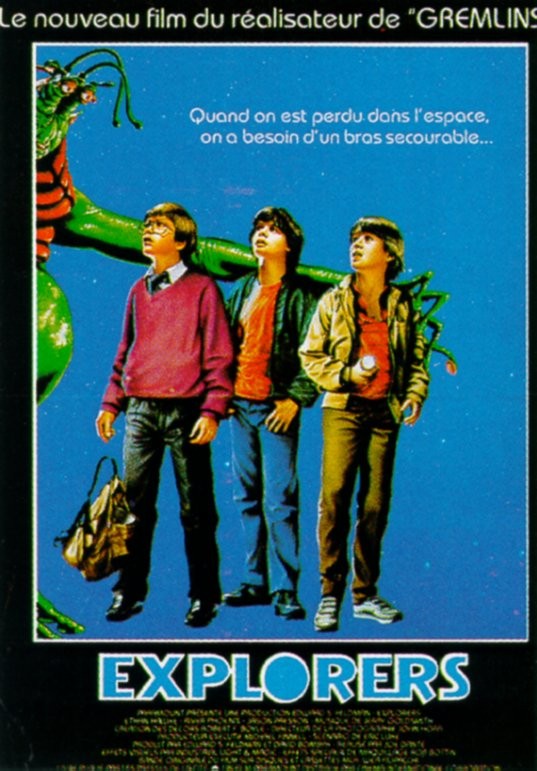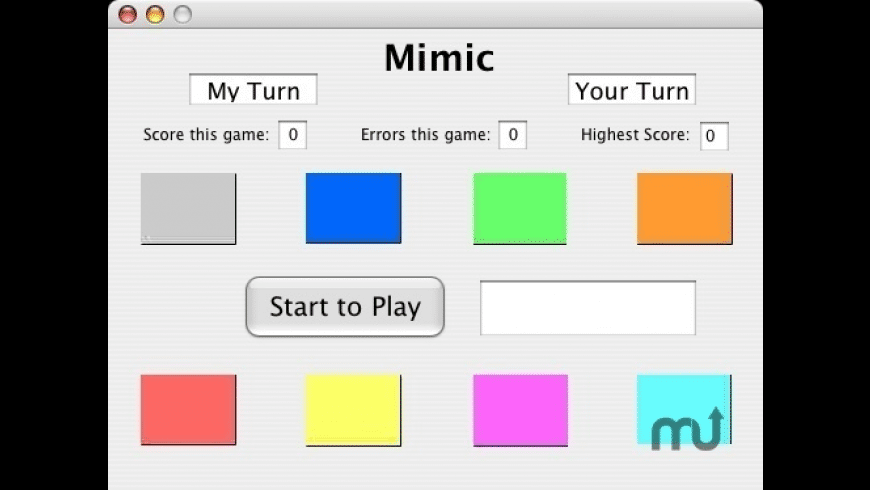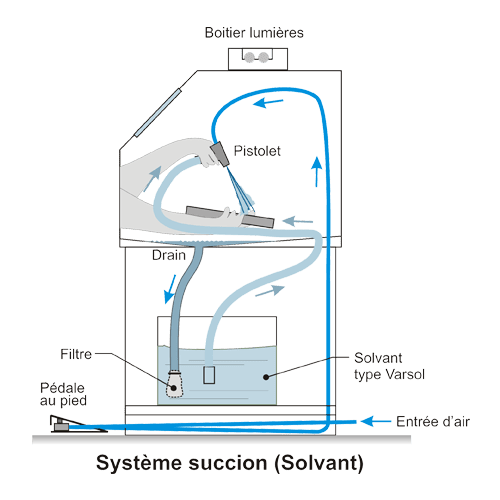

For example, here are some videos that can be used as examples of career paths.
#SOLAVANT EXPLORERS FREE#
Integrate their work into your classrooms using our free resources. Our explorers are one of National Geographic’s greatest resources, and we hope they will be yours, too.

By sharing what they’ve learned, we in turn have the privilege of learning from them. In doing so, they inspire us to become explorers by asking questions of our own. In trumpeting the answers they find, or the process of finding even half the answer, they shine light on new understandings and discoveries. In asking questions, Explorers raise awareness about issues and causes. Why do we plant annual crops instead of perennial ones? Why do sandwich shops never sell sandwiches that use the “butts” of bread loaves? What can I learn from nature? How can I reframe a conservation issue? How can I help my family? What did dinosaurs look like? How can I make this better? Why? What next? Explorers are artists, DJs, and entrepreneurs they’re scientists, engineers, and authors.Ībove all, explorers are people who ask questions. They work in traditional scientific fields like conservation, biology, or physical exploration, but they also work in areas you might find surprising. Peary, National Geographic CreativeĮxplorers come in all shapes, sizes, ages, and genders. Or maybe even this guy: A portrait of Robert E. Boswell, Jr., National Geographic Creative
#SOLAVANT EXPLORERS SERIES#
It is one of three paintings in a series called “The Romance of Discovery By Land, Air, and Sea.” This paining depicts explorers discovering a new land. Or this guy: This is part of a painting titled “The Discoverer,” which hangs in Hubbard Hall at National Geographic in Washington, D.C. Photograph by Victor Boswell and Otis Imboden, National Geographic Creative You might think an explorer looks like this guy: A painting depicts the explorer, Christopher Columbus. The National Geographic Explorers are back in town, and this year we’re celebrating a new group of visionaries in addition to welcoming old friends back. This week is the 8th annual Explorers Symposium, and campus is buzzing with some of the brightest minds on the planet. Or…it’s your place to build your garden without ever worrying about the pesky aliens.It’s the most wonderful time of the year at National Geographic. Think of this as the perfect testing ground to test everything you build. Players will be able to build whatever they want in this mode, including everything in the Creations Editor. It also currently comes in a 40X40km map. Build Mode – In this mode, there are no enemies and an infinite amount of building material.This mode also features survival and versus. Players will be able to complete random missions, defeat bosses, dive through dungeons, and explore different landscapes. Adventure Mode – This mode is based on a procedural map generated from a seed.Story mode also features coop with other players. That can still eventually arrive at the ending. Even though we’ve made it seem like a very action oriented game in the trailers, in reality, players can choose to not fight so much as to just plant a farm, make some food, keep the colonists alive, negotiate with the sentient aliens, and defend the perimeter from the local life forms. This story features a 17X8km world map with many unique character, landscapes, biomes, locations, and over 140 types of potential enemies.



 0 kommentar(er)
0 kommentar(er)
